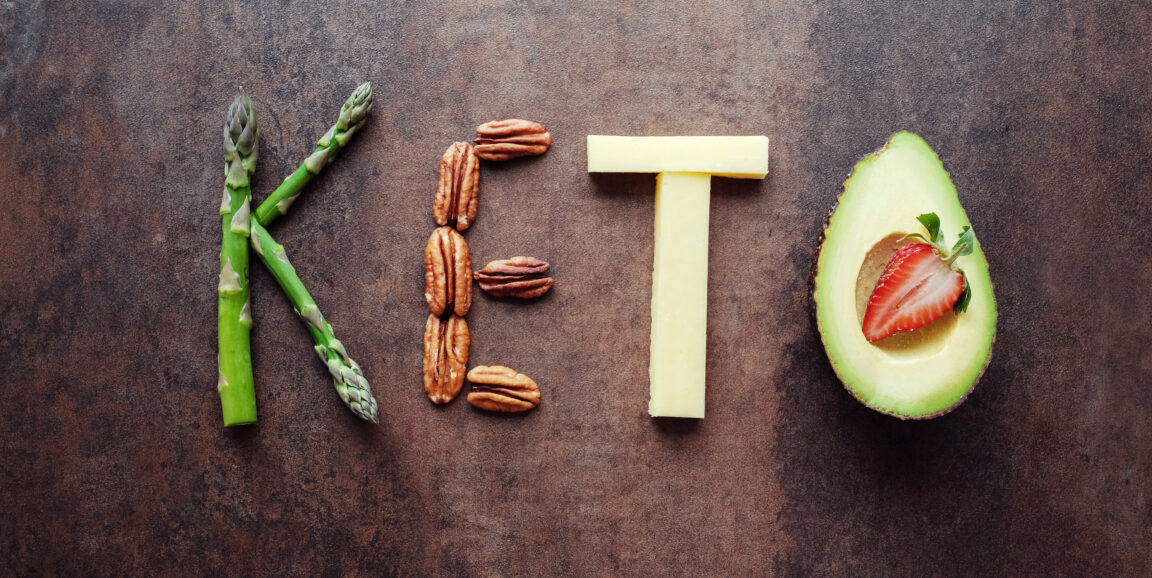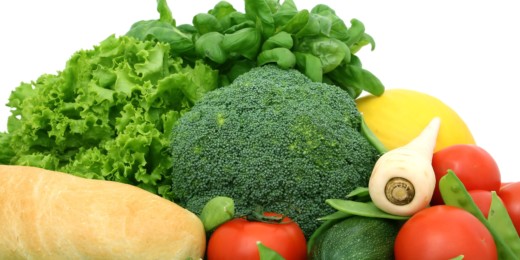A ketogenic diet is a very low carbohydrate pattern of eating designed to force the body into ketosis, a survival mode of fat metabolism. This can produce some favorable changes in metabolic patterns, potentially reversing several forms of early chronic disease, such as high blood pressure and pre-diabetes.
A ketogenic diet obtains the vast majority of calories from fats (as much as 75 percent) with much smaller amounts from protein (20 percent) and carbohydrates (5 percent). This means eliminating not only all sugars and starches (including pasta, bread, and almost all fruits), but also cutting out some of the foods and food groups that are widely considered to be healthful, such as carrots and beets.
As you might imagine, this diet is difficult to follow. As a result, it is often used intermittently, in an on-again, off-again manner.
Health rationale slogan: A radical style of eating that reverses the metabolic problems caused by a typical American diet.
Analysis: When people consume a ketogenic diet, the liver produces ketones from fat as an alternative to using glucose as a circulating source of energy for the body. This state of ketosis mimics what occurs during starvation. A ketogenic diet can facilitate weight loss and lower blood sugar. A keto diet also reverses insulin resistance, an early stage in the development of type 2 diabetes. A big attraction: keto dieters don't experience the same degree of hunger while losing weight.
Despite these benefits, the diet has many potential problems. As the body initially adapts to the lack of carbohydrates, people often feel miserable and develop fatigue, body aches, and headaches. These symptoms are often temporary, but only if the diet is strictly followed and ketosis is maintained.
The high saturated fat content typical of many keto diets unfavorably increases LDL cholesterol. In starvation mode, muscle is also used as an energy source and loss of muscle mass is a problem. Furthermore, the unusual stress that ketosis places on the body can result in long-term problems, such as kidney stones and kidney disease. A very high fat and very low carbohydrate diet is typically low in fiber; low-fiber diets are associated with increased risk of colon cancer and may lead to unhealthy gut bacteria.
Dominant source of protein: Protein from animal sources comes bundled with saturated fat, a less healthy form of fat. This helps avoid carbs. In contrast, plant-based proteins (legumes and grains) tend to be bundled with favorable fiber and unsaturated fats, but these are off-limit foods in the keto diet because their carbs. Top protein sources for keto dieters include eggs, meat and cheese. A common misconception about keto diets is that they should be high in meat and protein. In fact, since there is no place for the body to store excess protein, all protein consumed above maintenance levels is converted to carbohydrate, which then undermines the ability to maintain ketosis.
Most common fats: Any fat is fine.
What about carbs?: Nearly all carbs need to be avoided, with the exception of modest amounts of above-ground vegetables. Unhealthy, processed sources of carbohydrates are off-limits, such as foods made with flour or added sugars, but so are fruits, beans/legumes, grains, and lactose-containing dairy products.
Easy to follow?: A keto diet is very difficult to follow because it requires giving up so many foods that have a comfortable place in the typical American diet. In addition, the flu-like symptoms associated with starting the diet make it impractical to initiate. As a result, many people use this diet episodically. Unfortunately, resuming a non-ketogenic diet results in weight regain and loss of the metabolic improvements experienced while on the diet.
When it goes wrong: There are inherent dangers associated with this diet and consuming saturated fats from animal sources may make some problems worse. For example, a diet based on butter and bacon will cause an increase in LDL-cholesterol levels. As Stanford nutrition researcher, Christopher Gardner, PhD, states:
Given that all major food groups contain significant carbs -- vegetables, fruits, grains, dairy, and beans/legumes -- all that's left is oils and meats/poultry/fish. This makes it nearly impossible to follow this diet long-term for most people. Equally challenging is getting enough of the many nutrients that come predominantly from carbohydrate-rich foods.
To make it healthier: Focusing on healthier, plant-based fats (such as oils) may give you the potential benefits of a ketogenic diet without the negative impact of saturated fats, and cutting back on or eliminating all added sugars and refined grains will have a positive impact on metabolism.
Conclusion: A diet only for die-hards who are willing to subject themselves to the rigors of starting and sticking to this diet. Realistically, intermittent use could prove beneficial for weight loss, but even then, caution is necessary.
This is the fourth post in a series called A Skeptical Look at Popular Diets. The series will review the eight currently most prominent diets in America. The next blog post will examine gluten-free diets.
Randall Stafford, MD, PhD, is a professor of medicine at Stanford. He practices primary care internal medicine and studies strategies for preventing chronic disease. Stanford professor and nutrition scientist Christopher Gardner, PhD, examines the impact of diet on health and disease. Sophia Xiao provided research assistance.
Photo by SewcreamStudio






